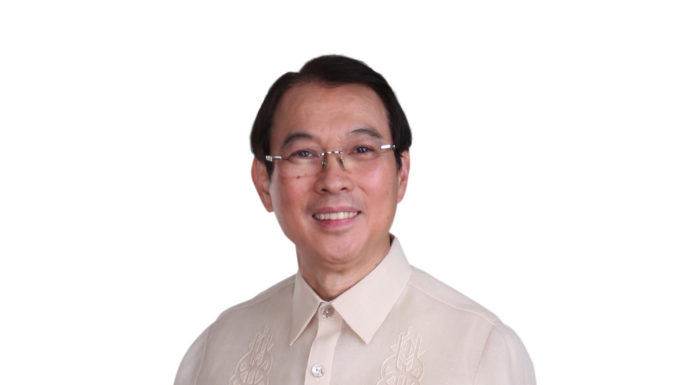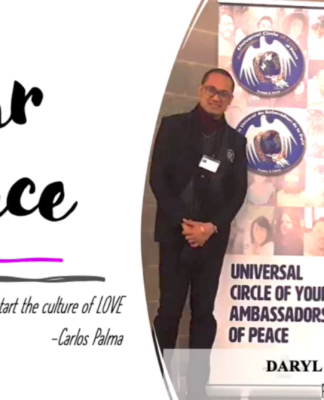EVERY second, three people are infected with malaria. About 15 seconds later, a child dies from the mosquito-borne disease. Annually, 350-500 million are infected with malaria and approximately 1.3 million die from it.
One of the notable guideposts in eradicating the disease in Europe and North America was when a Swiss chemist, Paul Herman Muller, came up with a cheap and easy-to-process chemical in 1939 that became an effective pesticide. DDT (Dichlorodiphenyltrichloroethane), an artificial white-powder pesticide, won for Muller the 1948 Nobel Prize for physiology and medicine. The drug was said to have for reduced the worldwide malaria mortality from 192 per 100,000 to as low as seven.
Once DDT is applied on the walls of a house or on the human body, it kills malaria- and typhus-causing mosquitoes and lice. It even makes a house termite-proof for 15 years, according to John Jalsevac in his article, “Green Hands Dipped in Blood: The DDT Genocide,” published in www.lifesite.net.
However, a book by American activist Rachel Carson in 1962 titled Silent Spring created a worldwide hysteria over the use of DDT when she claimed that it causes cancer. Carson even put DDT behind the rapid extinction of raptors, like the bald eagle, by “thinning its egg shells.”
But 42 years later, a study by the Journal of American Physicians and Surgeons disproved Carson’s allegations saying that the effect in the body of taking daily doses of 35 mg of raw DDT by some volunteers for two years, showed no sign of any harmful effects.
“Public pressure (to ban DDT) was generated by one popular book and sustained by faulty or fraudulent research,” the study said.
Even the supposed thinning of raptor eggshells was proven false when the controversial powder was applied to them.
Another study by the American Council on Science and Health in 2002 blamed the millions of death from malaria on the DDT ban.
Further analysis by World Health Organization’s International Agency for Research on Cancer classified DDT under Group 2B carcinogenicity, referring to substances having “insufficient” evidence of carcinogenicity, lower than that of estrogen-progestogen oral contraceptives, the most commonly prescribed “pill” in the world.
Today, malaria is still one of the top most infectious diseases in the country. It is also the worst tropical disease affecting the world, usually in the tropical and semi-tropical regions even though a person infected with the disease can be cured with prescription drugs.
The Philippines banned the use of DDT in 1994 due to prevailing beliefs that it causes cancer. Further, Dan Pasia, a staunch environmentalist and founder of the Green Page Network in the Philippines, said it is “dangerously” passed on to participants in a food chain.
Today, the country uses more expensive non-carcinogenic insecticide called malathion (available in powder or concentrated liquid), which works similarly to DDT. The government has expressed no attempt to use DDT against malaria today. The government reminds the public of boiling drinking water for 2-3 minutes, washing hands before preparing food and after using the toilet, among the prevention tips suggested.
















